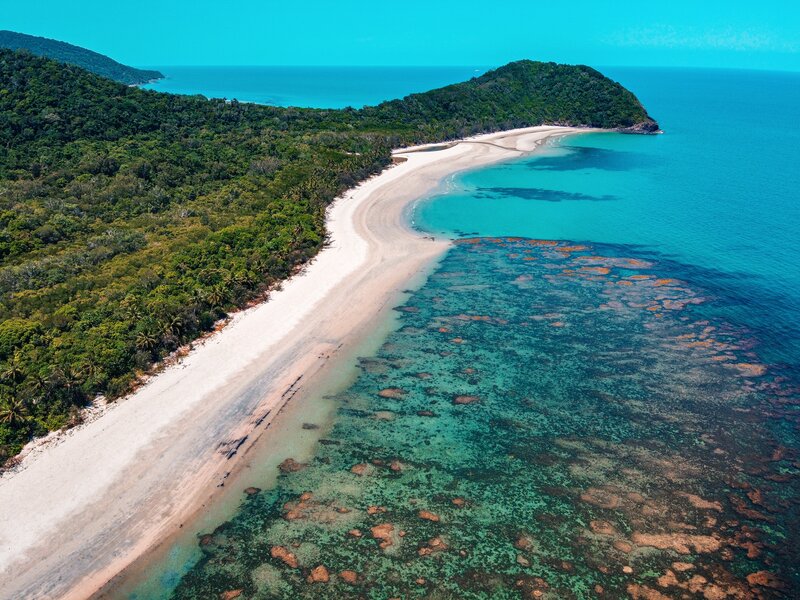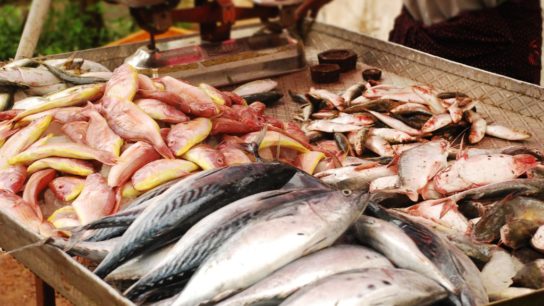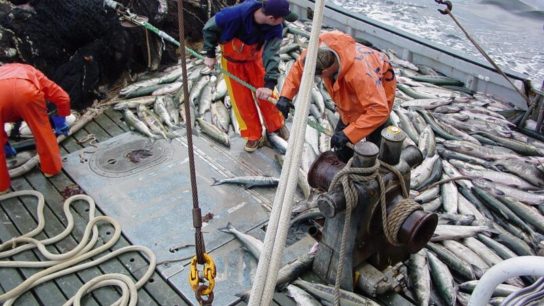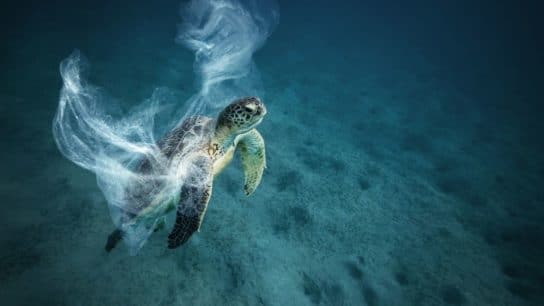According to a recent UN committee, the endangered Great Barrier Reef has deteriorated to such an extent that it should be listed as a world heritage site “in danger”, but the government of Australia was quick to fire back, saying that the committee didn’t have the correct information.
—
What is Happening?
- UNESCO’s World Heritage Committee recommended the change in listing, recognising the climate crisis as the driving factor behind the destruction of the coral reef. It also called for Australia to urgently address threats from climate change. The inclusion will be voted on at the committee’s meeting in China next month.
- However, the Australian Minister for the Environment Sussan Ley said that the government will “strongly oppose” the recommendation, arguing that the government was investing $3 billion in reef protection.
In a statement, Ley said, “The Great Barrier Reef is the best managed reef in the world and this draft recommendation has been made without examining the reef first hand, and without the latest information.”
You might also like: Blue Carbon Credits Emerge as Potential New Market for Global Sustainability
- The endangered Great Barrier Reef is a vital marine ecosystem, spanning nearly 345 000 sq km and home to more than 1 500 species of fish and 411 species of hard coral. It also contributes $4.8 billion annually to Australia’s economy and supports 64 000 jobs.
- However, the reef’s long-term survival has come into question. It has suffered three devastating mass bleaching events since 2015, caused by above-average ocean temperatures as the climate crisis accelerates.
- In 2019, the Australian government’s Great Barrier Reef Outlook Report downgraded the reef’s condition from “poor” to “very poor.”
- The UNESCO committee said that Australia needs to implement the recommendation of that report, which called for “accelerated action to mitigate climate change and improve water quality.” The committee added that so far, the government’s progress has been insufficient, and that it “requires stronger and clearer commitments, in particular towards urgently countering the effects of climate change.”
- Currently, global average temperatures are set to increase by more than 2 degrees Celsius, at which scientists warn no coral reefs can survive. Experts have recommended that Australia cut its emissions by 75% by 2030 and reach net-zero by 2035.
- However, Australia has made no commitment to reach net zero emissions by 2050; its current targets are to cut greenhouse gas emissions by 26% to 28% from 2005 levels by 2030, which has been widely criticised as not being ambitious enough.
Climate Council spokesperson and climate scientist, Professor Lesley Hughes, said, “The Australian government has stewardship of one of the world’s most precious and iconic ecosystems, but its continued support for fossil fuels and its lack of effective climate policy means it’s utterly failing to live up to that responsibility. The situation is dire, and our response should match that.”
- UNESCO’s List of World Heritage in Danger has 53 entries. The inclusion is intended to spur parties into action to save the endangered sites. According to UNESCO, if an endangered site loses the characteristics that make it special, “the World Heritage Committee may decide to delete the property from both the List of World Heritage in Danger and the World Heritage List.”

















